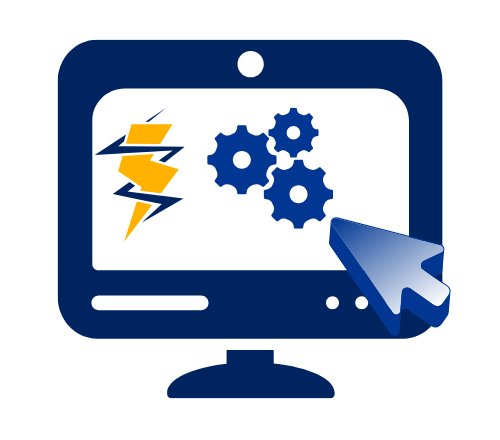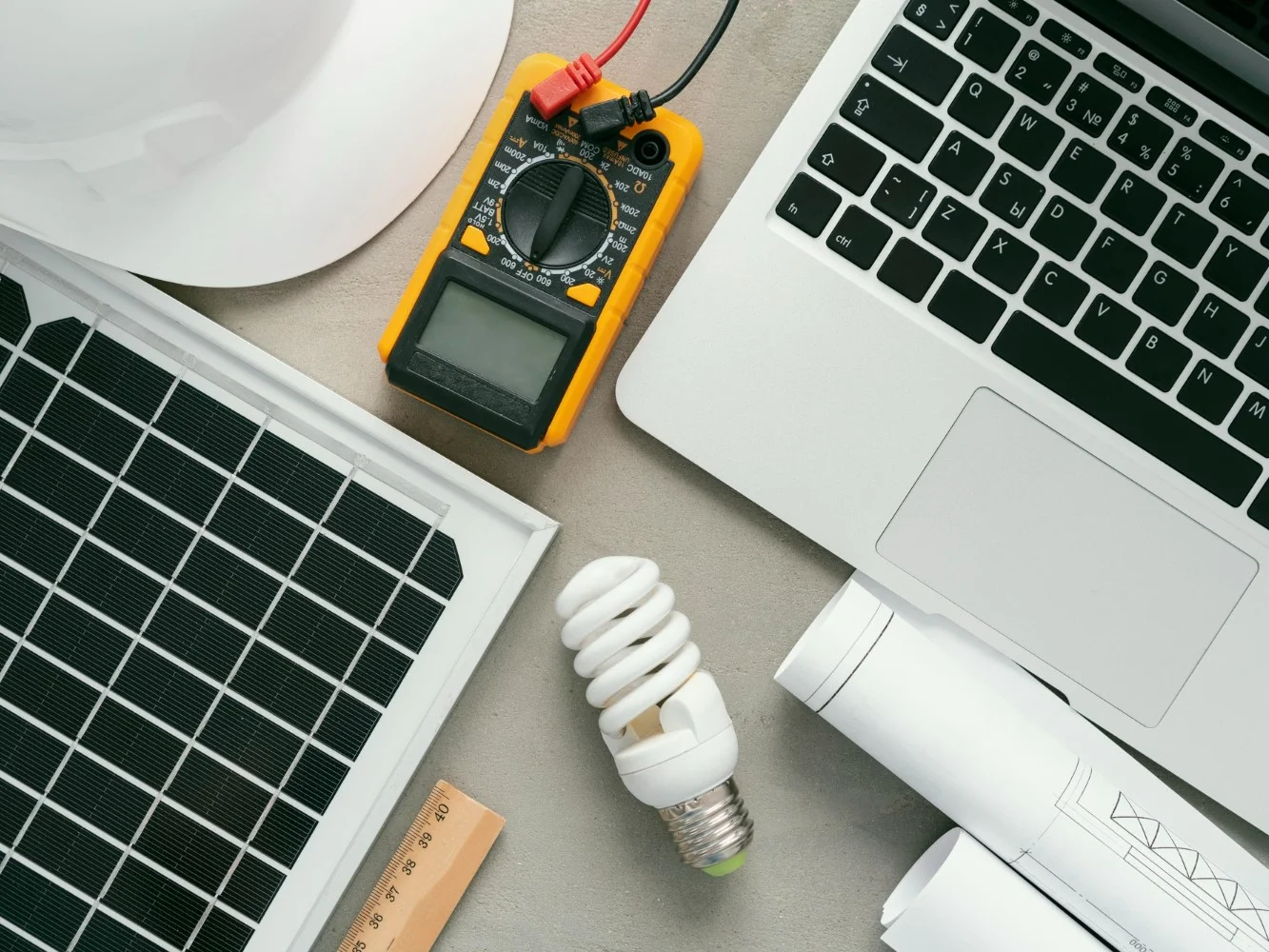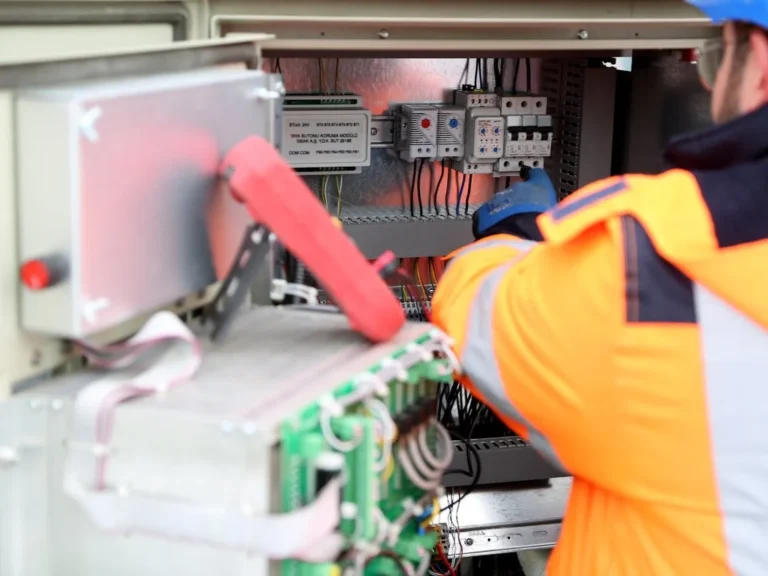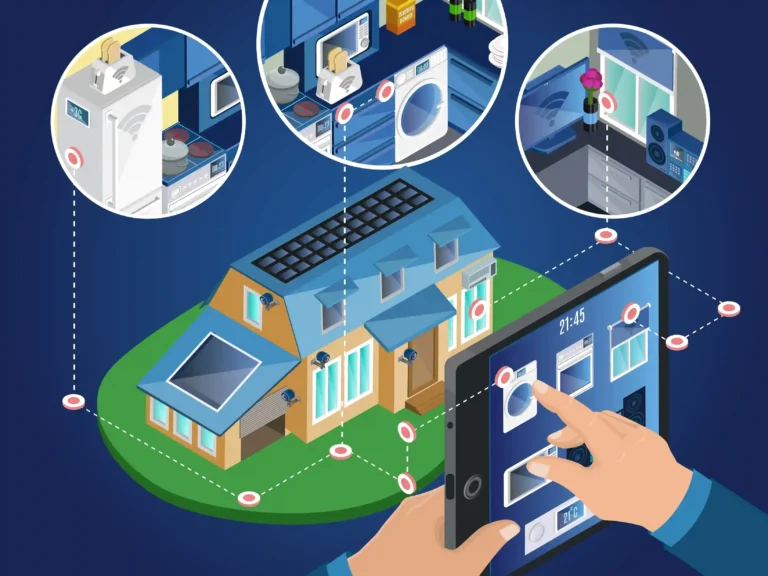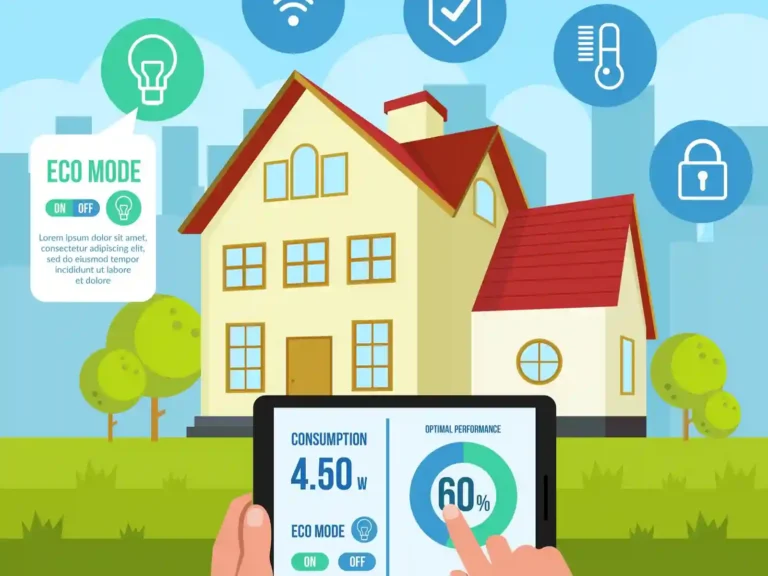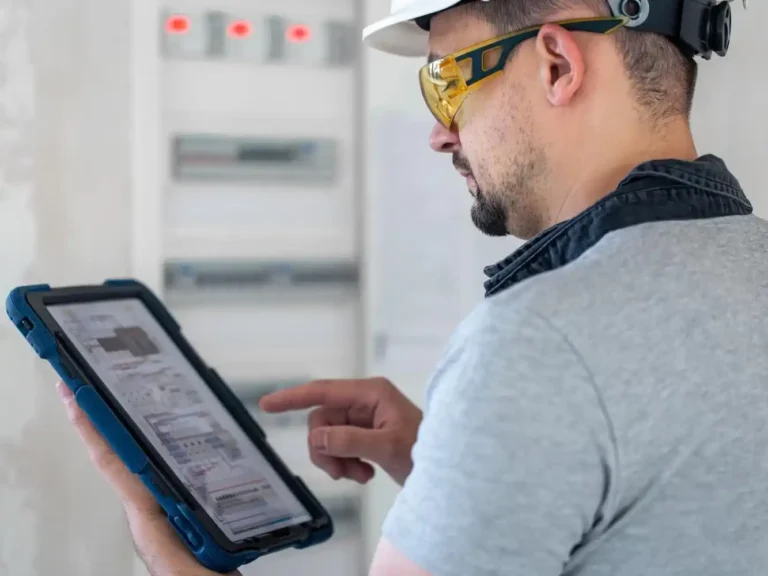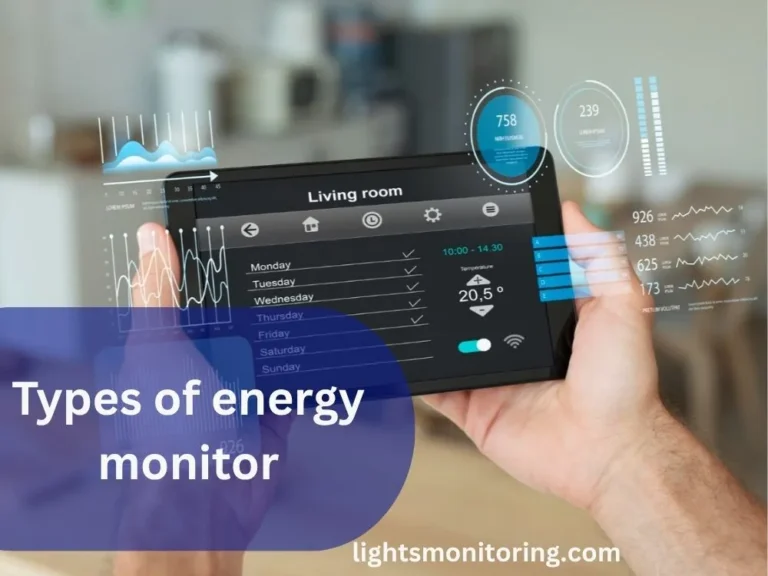The Benefits of Energy Monitoring for Businesses
Businesses today face mounting energy costs and hidden inefficiencies that can eat into profits. In this post, we explore how energy monitoring provides a smart, cost-effective solution for businesses, backed by real-world success stories, statistics, and expert insights.
We’ll also introduce key strategies for integrating energy monitoring into your operations—with a focus on simplicity, real-time data, and improved sustainability. If you’re new to the topic, you might want to learn what energy monitoring is and how it helps reduce costs.
How Energy Monitoring Solves Businesses Energy Problems
Rising energy costs and unnoticed energy waste can significantly reduce your bottom line. Energy monitoring offers an effective solution:
Rising Costs vs. Hidden Waste
Many businesses struggle as high energy bills cut into profits, often without realizing where the waste is occurring. For example, studies from the International Energy Agency (IEA) confirm that inefficient energy use is a major hidden cost for many enterprises. To tackle this issue, consider how to set up a monitoring system even if you’re just starting out. Our guide on how energy monitoring works is a great place to begin.
How Energy Monitoring Helps
- Tracks Real-Time Energy Usage: Monitor energy flow across your facility with tools that display live consumption data. Check out how real-time monitoring works to see how it impacts energy bills.
- Identifies Waste and Inefficiencies: Quickly pinpoint where energy is being lost.
- Cuts Costs and Improves Sustainability: Streamline operations to reduce expenses and environmental impact. According to U.S. DOE, businesses can reduce energy costs by up to 30% with the right systems.
Quick Stat: Businesses can reduce energy costs by up to 30% with the right monitoring systems.
Key Benefits of Energy Monitoring for Businesses
Implementing energy monitoring systems can transform your operations in several ways:
- Lower Operating Costs:
Reduce waste and eliminate unnecessary expenses by knowing exactly where energy is used. - Improved Energy Efficiency:
Optimize energy usage without affecting daily operations, ensuring every watt counts. - Real-Time Data & Insights:
User-friendly dashboards and mobile apps provide immediate feedback. (If you’re using solar panels, see how smartphone-connected energy monitors help.) - Prevent Equipment Failures:
Early alerts help detect faulty machines before they break down, avoiding costly downtime. - Sustainability & Compliance:
Meet regulatory standards while reducing your business’s carbon footprint. Learn more about best practices on the ENERGY STAR website. - Boost Profit Margins:
Lower expenses directly translate into higher profits. - Smart Automation:
Many businesses integrate smart systems to automatically control usage. You can even install your own energy monitor without needing a technician.

How Energy Monitoring Works in a Business Setting
Energy monitoring in a business environment is a streamlined process that ensures efficiency and clarity:
- Data Collection:
Sensors installed across departments gather energy usage data. - Real-Time Monitoring:
Business owners and managers can view energy consumption live via an app or dashboard. Do you want to learn more deeply? Here’s a guide on how energy monitoring works. - Analysis & Reporting:
AI-powered software analyzes data to identify waste, providing detailed reports on inefficiencies. - Actionable Insights:
Receive alerts and recommendations for reducing consumption and optimizing performance. - Cost Optimization:
Adjust usage patterns, automate systems, and make informed decisions to cut costs.
Implement energy monitoring systems with these actionable tips:
- Identify High-Consumption Areas:
Target energy-heavy equipment or zones to reduce waste. our types of energy monitors guide can help you choose the right tools. - Schedule Equipment Usage:
Operate machinery during off-peak hours to take advantage of lower rates. - Turn Off Unused Devices:
Prevent idle energy consumption by ensuring devices are powered down when not in use. - Upgrade to Energy-Efficient Equipment:
Invest in ENERGY STAR models and other efficient technologies for long-term savings. More details can be found on the ENERGY STAR website. - Automate Energy Controls:
Use smart technology and smartphone solar pairing solutions to automatically manage energy use.
Success Stories
Real-World Case Studies
- Manufacturing Plant:
One manufacturing facility slashed its energy costs by 25% in just one year through precise energy monitoring and targeted efficiency improvements. Read similar success stories on the DOE’s case study page. - Retail Success:
A retail store reduced its lighting expenses by 40% after integrating a comprehensive energy monitoring system.
Stat: 80% of businesses experience a significant drop in energy costs once they implement monitoring systems.
For reliable monitors, check Best Energy Monitor for Whole House 2025 and start cutting your energy bills today!
Conclusion: Take Control of Your Business Energy Costs
Energy monitoring is more than just a tool—it’s a strategic investment in the future of your business. By reducing operating costs, enhancing efficiency, and providing real-time insights, energy monitoring can significantly boost profit margins while promoting sustainability.
- Recap:
Lower costs, improved efficiency, and smarter automation are just a few of the benefits. - Action Step: Don’t let high energy costs hurt your business. Invest in an energy monitor and avoid the worst energy monitoring mistakes so you can start tracking your savings today.
FAQs
Energy monitoring systems typically use sensors and a central dashboard, which can easily be integrated with your current operational setup. More details can be found on Energy.gov.
Some models may include additional fees, so be sure to read the fine print and check reviews on platforms like Consumer Reports.
Yes, most systems use encrypted connections and adhere to strict data protection protocols to ensure your business data remains secure. Refer to this guide on data security for further information.
Absolutely. By identifying inefficiencies and providing actionable insights, many businesses have seen reductions in energy costs by up to 30%. For more industry insights, review reports on the International Energy Agency.
Absolutely—homes and businesses using energy monitors can cut energy costs by up to 20%, making it a smart long-term investment.
